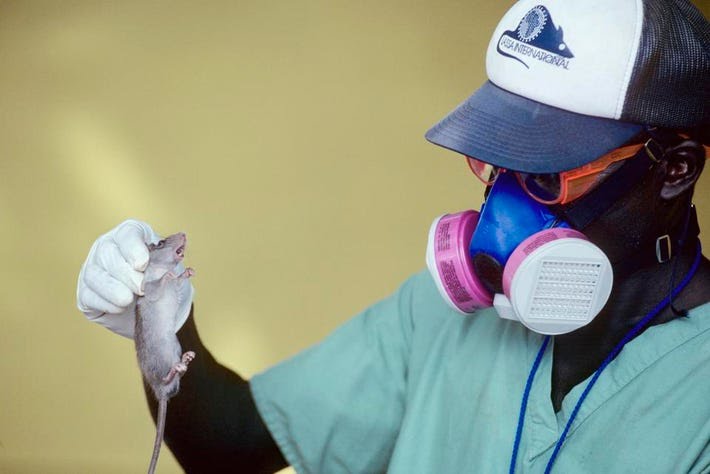Taraba State with 18 deaths is leading eight other states that has recorded Lassa fever deaths.
It is followed by Ondo with 17, Edo 11, Bauchi 6, Ebonyi 6, Kogi 4, Gombe 5, Plateau one and Nasarawa 2.
The Nigeria Centre for Disease Control and Prevention (NCDC), stated this in reports, revealing that the disease claimed 10 patients this year.
The NCDC said 1, 552 suspected cases, 358 confirmed cases and 70 deaths from Lassa fever have been recorded since the beginning of the year.
An analysis of the latest situation report from the agency showed that 10 states have recorded at least one confirmed case across 58 local government areas.
The report said 75 per cent of all Lassa fever cases were detected in Ondo, Edo, and Bauchi, while 25 per cent were reported from seven states.
According to the report, of the 75 per cent cases, Ondo reported 37 per cent, Edo 2o per cent, and Bauchi 18 per cent, adding that the states with the highest number of cases are; Ondo 133, Edo 71, Bauchi, 63, Taraba 56, Ebonyi 11, Kogi 10 and Gombe 8 cases.
It said between January 27 and February 2nd alone, 17 deaths, 379 suspected cases and 68 confirmed cases were recorded from the disease in Ondo, Bauchi, Edo, Taraba, Kogi, Gombe and Ebonyi states.
It revealed that three new healthcare workers were also affected, adding that the predominant age group affected is 21-30 years while the male-to-female ratio for confirmed cases is 1:0.8
Lassa fever is a haemorrhagic viral illness caused by contact with food or household items contaminated with rodent urine or faeces.
The virus is carried in multimammate rats (the common soft-furred African rat in which females have two rows of breasts). The rat normally lives in the bush and visits nearby homes for food; which they contaminate. Other rodents can also act as carriers of the virus.
Lassa fever was first detected in Nigeria in 1969, and it comes with bleeding, and death in severe cases. It has an incubation period of six to 21 days.
The symptoms are fever, weakness, muscle and chest pains, sore throat, nausea, vomiting, diarrhoea, cough and abdominal pain. In most severe cases, individuals may bleed from the mouth, nose, eyes or other parts of the body.
The Director-General of the NCDC, Dr Jide Idris, said the virus spreads through: “Direct contact with urine, faeces, saliva, or blood of infected rats.
“Contact with objects, household items, and surfaces contaminated with the urine, faeces, saliva, or blood of infected rats.
“It is also spread through consuming food or water contaminated with the urine, faeces, saliva, or blood of infected rats. Person-to-person transmission can also occur through direct contact with blood, urine, faeces, vomitus, and other body fluids of an infected person.”









